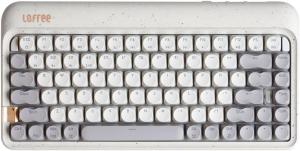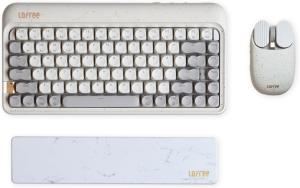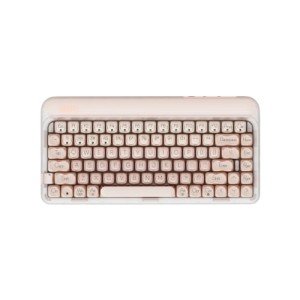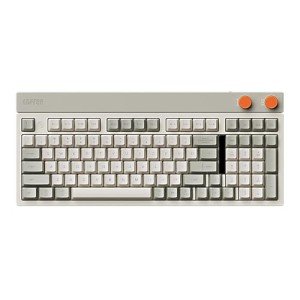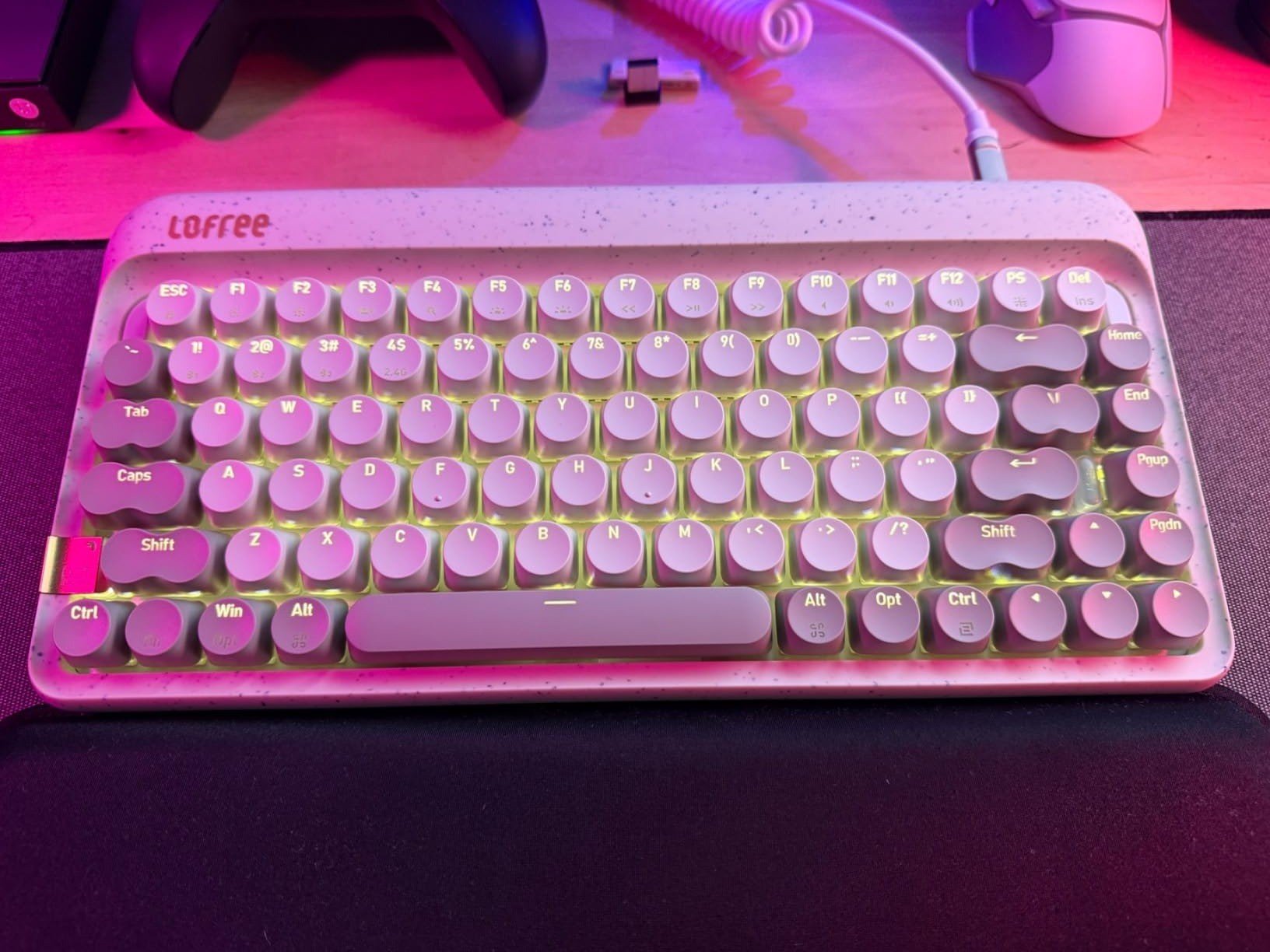When diving into ASMR, the right keyboard can make all the difference. You want a keyboard that provides satisfying clicks, soft thuds, or other sounds that really get those ASMR tingles going. So how do you choose? Let’s break it down!
First off, consider the type of switches. Mechanical keyboards are often the go-to choice for ASMR content because they offer a range of tactile sensations. Here are a few popular types:
Next, think about the build quality and material. Keyboards made from sturdy plastic or aluminum usually feel great and can produce a nice sound when typing. You might also want to consider the keycap material—PBT keycaps tend to be thicker and can produce a cooler sound compared to ABS keycaps.
Lastly, don’t forget about lighting. While it’s not directly related to sound, having customizable backlighting can enhance your ASMR experience by setting a calming atmosphere. Plus, who doesn’t love a good light show while they type?
Now that you know how to create ASMR keyboard sounds, finding the right keyboard won’t feel as overwhelming. Just keep your personal preferences in mind and happy typing!
Experiment with Different Key Switches
Here’s a quick rundown of some popular key switch types:
Don’t hesitate to try out different combinations of key switches on your keyboard. You can even invest in a switch tester—these compact devices let you sample various switches so you can find the perfect match for how to create ASMR keyboard sounds that really vibe with you.
Remember, it’s not just about the sound; it’s also about how the keys feel under your fingers. The right combination of sound and tactile feedback can make your typing experience much more enjoyable and relaxing, which is exactly what you want when diving into the world of ASMR keyboard sounds!
Set Up a Quiet Recording Space
Creating the perfect environment for your ASMR keyboard sounds is super important. The right setup can make a world of difference in the quality of your recordings. Start by finding a quiet space in your home where you won't be disturbed. Rooms with carpets and curtains help absorb sound and reduce echoes, so consider using one of those.
Next, eliminate any background noise. Turn off fans, close windows, and silence any devices that might buzz or beep. You might also want to use foam panels or blankets to dampen sounds even further. Placing these around your recording area will help create that cozy sound space you need.
When it comes to your gear, make sure your microphone is set up properly. A quality mic is key for capturing those soft clicks and taps you want in your ASMR. Position it about a foot away from your keyboard for the best results. Test a few different distances and angles until you find the sweet spot.
Lastly, consider the time of day for your recordings. Early mornings or late evenings are often quieter and can help you achieve the soothing sounds you’re aiming for. With this setup, you’ll be well on your way to mastering how to create ASMR keyboard sounds that truly captivate your listeners.
Record and Edit Your ASMR Sounds
When it comes to how to create ASMR keyboard sounds, recording and editing your own sounds can really elevate your ASMR game. You don’t need fancy equipment to get started. A decent microphone and some basic recording software will do the trick! Just remember, it’s all about capturing that satisfying clack or tap that makes ASMR enthusiasts swoon.
First off, set up your recording space. Find a quiet spot where you won’t have interruptions. Soft furnishings can help absorb sound and minimize echoes. Once you have that down, plug in your microphone and open up your recording software. There are plenty of free options out there like Audacity, which is user-friendly and perfect for beginners.
Start typing on your keyboard at a normal pace, then switch it up with different speeds and techniques. Try gentle taps, hard presses, or even dragging your nails across the keys. The beauty of ASMR is the variety of sounds you can produce. Record a few different sessions to get a range of sounds to work with.
After you’re happy with your recordings, it’s time to edit! Use the software to trim any unnecessary parts or background noise. You can also play around with the volume levels to highlight certain sounds that give you that tingling sensation. Don’t hesitate to layer sounds as well—a mix of clicks, swipes, and taps can create a more immersive experience.
Remember, the goal is to find what sounds good to you and your audience. Experiment, have fun, and listen back to your recordings. You'll soon discover what works best when learning how to create ASMR keyboard sounds. Happy recording!
